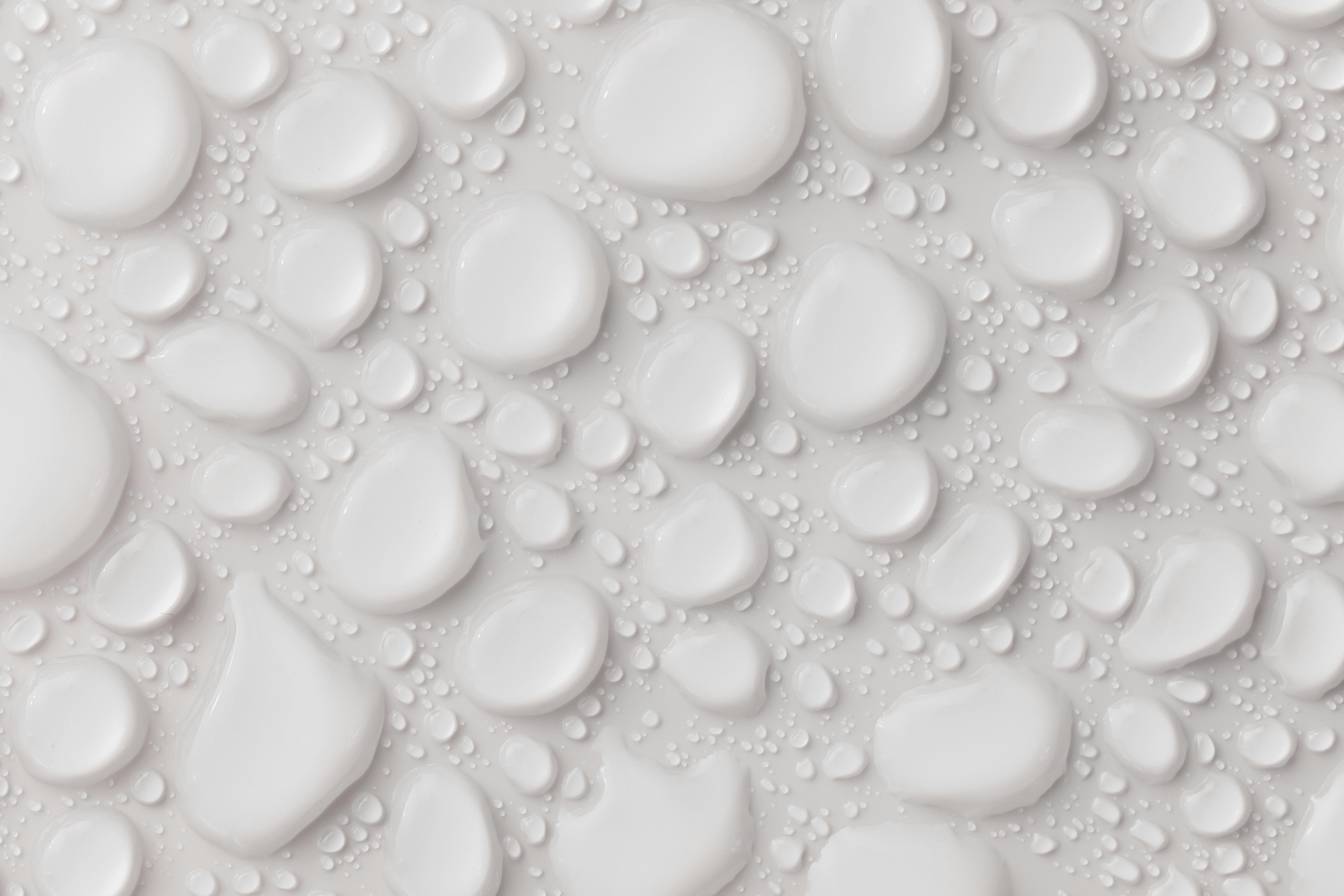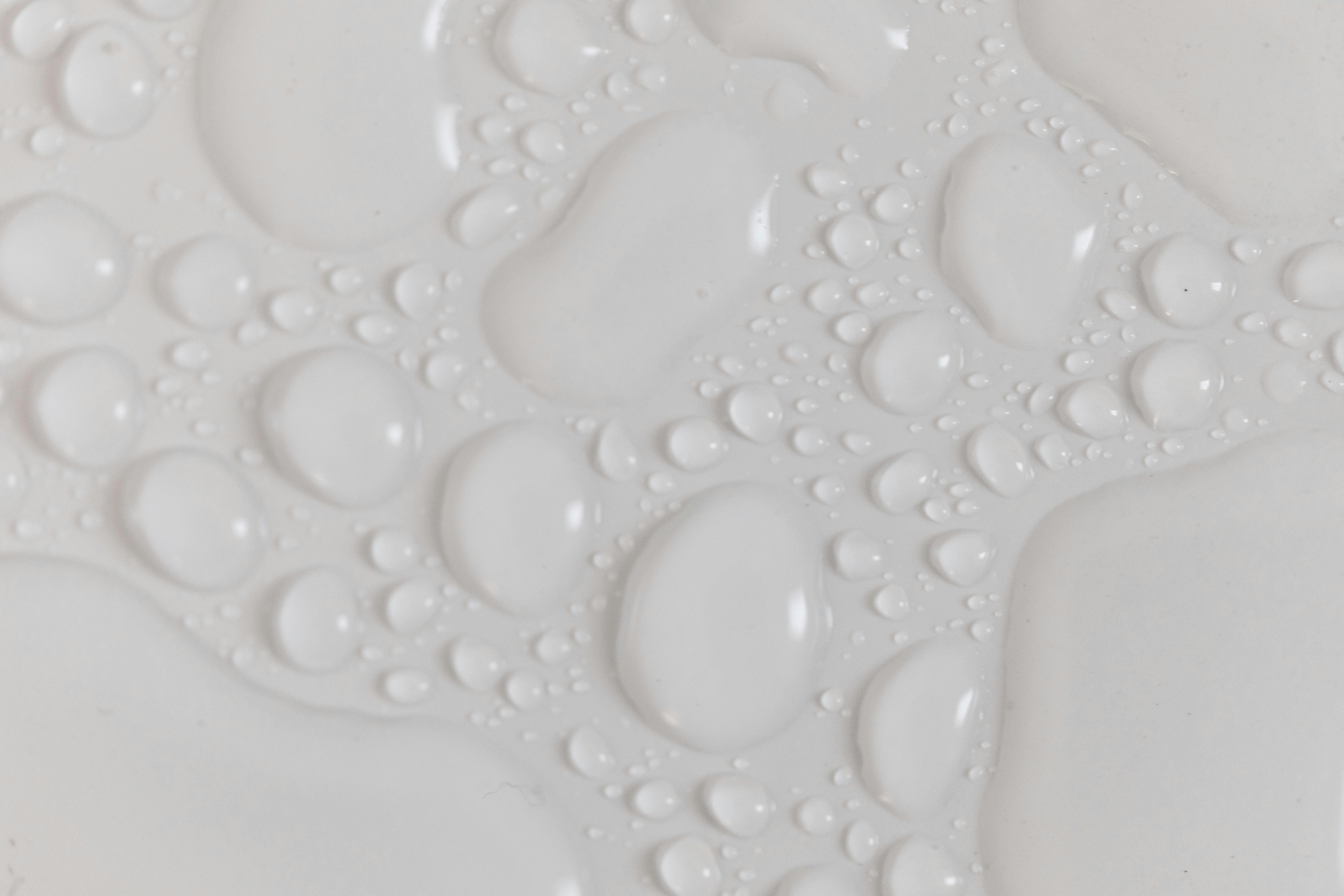Distilled water and purified water are both forms of processed water that have been treated to remove impurities. However, the processes used to make these two types of water are quite different. Distilled water has been boiled and the steam has been collected and condensed back into a liquid form. Purified water is made through a variety of methods, including reverse osmosis, deionization, and filtration. Both distilled and purified water are free from contaminants that can cause health problems; however, there are some important differences between the two types of processed water.Distilled water is a type of purified water that has had both impurities and minerals removed. It is created by boiling water and then condensing the collected steam back into a liquid. This process removes impurities such as bacteria, salts, and other minerals from the water. Distilled water is often used in appliances that require clean water, such as steam irons and car batteries.
Purified Water
Purified water is water that has been processed to remove impurities and contaminants, such as bacteria, parasites, and other organic or inorganic compounds. It is often used in industrial, medical, and laboratory applications. Purified water is also used for drinking and cooking purposes. The process of purifying water involves the removal of certain chemicals, metals, and other contaminants that may be present in the water. This can be done through a variety of methods such as distillation, deionization, reverse osmosis filtration systems, or ultraviolet light treatments. These processes ensure that the water is safe to consume or use for other purposes.
Purified water has a number of benefits when compared to untreated water. It can reduce the risk of health problems caused by contaminated drinking water by removing potentially harmful contaminants from the supply. Additionally, it can help to improve the taste and smell of drinking water by removing chlorine and other chemicals that may be present. The use of purified water can also reduce scale buildup in plumbing systems which can lead to costly repairs over time. Finally, purified water has a longer shelf life than untreated water due to its lack of organic
Distilled and Purified Waters
Distilled and purified waters are both types of water that have been treated to remove contaminants and impurities. Distilled water is created by boiling water then collecting the steam that is produced. The steam is condensed back into liquid form, leaving behind any minerals, chemicals, and other contaminants. Purified water is created using a variety of filtration methods, such as reverse osmosis or carbon filtration. These processes also remove any impurities from the water, leaving it safe for drinking.
The main difference between distilled and purified waters is the amount of contaminants remaining in the water after treatment. Distilled water has virtually no contaminants, while purified water may still contain trace amounts of certain substances. Additionally, distilled water has a lower pH level than purified water due to the removal of minerals during the distillation process.
Both types of water can be beneficial for drinking, depending on individual needs and preferences. Distilled water is often preferred by those with sensitive digestive systems or those who wish to avoid consuming trace amounts of chemicals or minerals found in some drinking waters. However, many people find
Is Distilled Water Safe to Drink?
Distilled water is considered safe to drink, as it is free from contaminates and minerals. Distillation, the process used to make distilled water, removes all impurities from the water by boiling it and then collecting the steam in a separate container that has been cooled. This steam condenses back into liquid form, leaving behind any contaminants that were present in the original source of water. The resulting product is pure, clean drinking water that is free of bacteria and other contaminants. However, distilled water does not contain any minerals or electrolytes, which can be beneficial for some people. It is recommended that those who regularly drink distilled water should supplement their diet with minerals and electrolytes in order to stay healthy.
Overall, distilled water is generally safe to drink as long as it is supplemented with minerals and electrolytes. It does not contain any contaminants or bacteria that could be harmful for your health. However, if you are looking for a more nutrient-rich option, there are other types of filtered waters available on the market or you can make your own at home using a reverse osmosis filtration system.
Is Purified Water Safe to Drink?
Yes, purified water is safe to drink. Purified water has been processed to remove impurities, contaminants, and other substances that may be harmful. This includes organic and inorganic compounds, heavy metals such as lead and mercury, chlorine, fluoride, bacteria, viruses, and even protozoa. The water is then disinfected and filtered through a process known as reverse osmosis or distillation. The result is a pure form of water that can be consumed without worry.
It is important to note that purified water does not contain any essential minerals or electrolytes that may be found in natural spring water or tap water. This means it does not provide the body with many of the nutritional benefits that are found in drinking water from other sources. However, it can still be beneficial for hydration purposes and helps to flush toxins out of the body.
In addition to being safe to drink, purified water is also free from chemicals such as chlorine or fluoride which can have adverse health effects over long-term consumption. Additionally, it has no unpleasant tastes or odors which can make drinking tap or spring water unappealing for

Distillation
Distillation is a process used to separate and purify liquids by boiling them and condensing the vapor they produce. This process involves heating a liquid until it boils, allowing the vapor to rise up a tube, and condensing the vapor back into a liquid. Distillation is commonly used to separate mixtures of liquids with different boiling points. It can also be used to purify a single liquid by removing impurities that have a higher boiling point than the desired product.
The key to distillation is the fact that different liquids boil at different temperatures. When heated, each liquid will turn to vapor at its own unique temperature. The vapor produced from each liquid will then be collected separately by cooling it back down into a liquid form.
The distillation process begins by heating the mixture of liquids in a container called a still. As the temperature increases, each component in the mixture will begin to boil off at its own unique temperature, producing steam or vapor that rises up through a tube or column known as an “arm” or “vapor arm”.
Purification
Purification is the process of removing impurities from a substance. This can be done using physical, chemical, or biological methods. The aim of purification is to make a material or substance as pure as possible by removing unwanted elements. Purification can be used to improve the quality of water, air, food and other materials. It can also be used to improve the safety of products and to make sure they meet regulatory requirements. The most common methods of purification include distillation, filtration, ion exchange and adsorption.
Distillation is a process in which a liquid is heated until it evaporates and then cooled so that the vapors condense back into a liquid form. This process separates the impurities from the desired material by boiling off one component while leaving the other component behind in liquid form. Filtration is another method that involves passing a mixture through an absorbent material such as sand or charcoal to remove unwanted particles from the mixture. Ion exchange involves exchanging one type of ion for another in order to remove unwanted ions from a solution. Adsorption is when particles are attracted and stick to an absorbent surface such
Benefits of Drinking Distilled or Purified Water
Drinking distilled or purified water can provide a range of benefits. It can be a healthier alternative to tap water, which may contain a variety of impurities. Distillation and purification processes remove pollutants, bacteria, and other contaminants that may be present in tap water. The process also removes minerals such as calcium and magnesium, which can have an impact on the taste of the water.
Distilled or purified water does not contain any additives or chemicals that could potentially be harmful to your health. Additionally, it is free from chlorine compounds and other chemicals that are often added to tap water for disinfection purposes. This makes it a safer option for those who may have sensitivities to these chemicals.
In addition to its health benefits, distilled or purified water is more aesthetically pleasing than tap water. Many people find that their drinking water tastes better when it has been through the purification process. The absence of minerals gives the liquid a clean taste that is often preferred over other types of drinking water.
Finally, drinking distilled or purified water can help reduce your

Conclusion
Distilled water and purified water are both excellent choices for drinking water. Both have many advantages over regular tap water, including fewer contaminants and fewer health risks. However, there are some differences between the two types of water that should be considered when making a decision about which one to use. Distilled water has been boiled and evaporated to remove impurities, while purified water goes through an additional filtration process to remove even more contaminants. Purified water also generally tastes better than distilled water. Ultimately, the choice between the two comes down to personal preference and individual needs.
Regardless of which type of water you choose, it is important to make sure it is coming from a trusted source and that it meets your specific needs. Drinking clean, healthy and safe water is essential for maintaining overall health and well-being.

